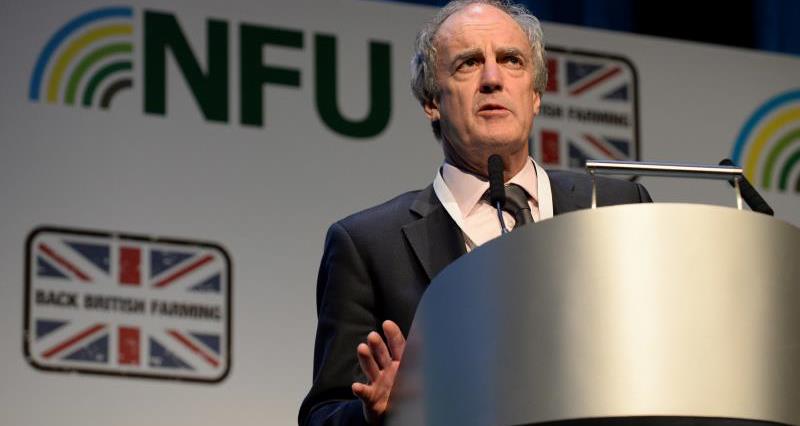- See also: Part one: How a failure to support productivity in the first decade of the CAP led to long-term problems
- See also: Part two: Why the World Trade Organisation has had a strong influence on Europe’s agricultural policy, and will do on Britain’s future policy.
Summary: An attempt to introduce long-term contracts into agricultural policy in the early years of this century ended in failure.
1999 saw one of the periodic reforms of the CAP: the so-called Agenda 2000. Its main innovation was the setting of the 2 pillars - agricultural support and rural development - that continue to this day. Otherwise the changes were relatively modest; the real radical reform came as the Mid-Term Review of Agenda 2000 in 2003, the Fischler-led decoupling of support.
The political situation in France was then turbulent. In 1998 the Socialists had won a majority in the Parliamentary elections and for the first time the President (Jacques Chirac 1995-2007) and the Prime Minister and government were of different parties; so-called “co-habitation”.
The socialist agriculture minister, Jean Glavany (1998-2002) was determined to make a sharp break in French policy. For 40 years policy had been based on a “productivist” model, aimed at expansion and France’s “export vocation”. He wished to focus instead on non-market goods, the environment, employment and local connections.
In 1999 the French Parliament passed a “Loi d’Orientation Agricole” (Agricultural Guidance Law) which set out the new direction. The major innovation were “Contrats Territoriaux d’Exploitation (CTE or Land Management Contracts) between individual farmers and local authorities. The law stated these were “to preserve and manage natural resources, landscapes and biodiversity by promoting farms that respect the environment”. The contracts were intended to fit into local or departmental plans.
France’s budget allocation from the EU for pillar 2 was judged by Glavany to be insufficient to be able to finance these contracts. So, at the last moment in the final Council negotiations on Agenda 2000 he introduced the possibility for Member States to move up to 20% of their direct payments into the second pillar- the birth of “voluntary modulation.”
From the start the policy encountered major difficulties. The principal problem was the variety and complexity of the menu of options in the contract (covering not only environmental measures but product quality, less favoured area aids, young farmers, investment aids etc). There were 170 environment options alone.
The complexity caused huge difficulties for farmers wishing to sign contracts. A subsequent academic analysis highlighted that transaction costs were so high that contracts were “profitable for only the youngest farmers on the biggest farms”.
The contracts were equally problematic for the administrators. Despite the fact that, compared with most other European countries, France has a large number of local and regional agricultural officials the task of signing and administering thousands of contracts proved unmanageable. The same academic study concluded “allocated administrative resources were revealed to be inadequate”. The financial control - inevitable when large sums of public money are allocated with multiple conditions - also proved horrendously difficult.
As a result after less than three years only 49,368 contracts were signed out of 380,000 farms in total - in other words 12%. In addition to the wide scale frustration amongst farmers and administrators came a major financial risk. Money was being taken from pillar 1 in modulation but was unable to be spent as planned in pillar 2 and risked being definitively lost back to the EU.
New Parliamentary elections in 2002 brought back a centre-right government. The new Agriculture Minister swiftly suspended then abolished the contracts. Voluntary modulation was ended and never again used by France. In place of the land management contracts “Sustainable Agricultural Contracts” were introduced- these were confined to environmental measures, very similar to our own countryside stewardship.
